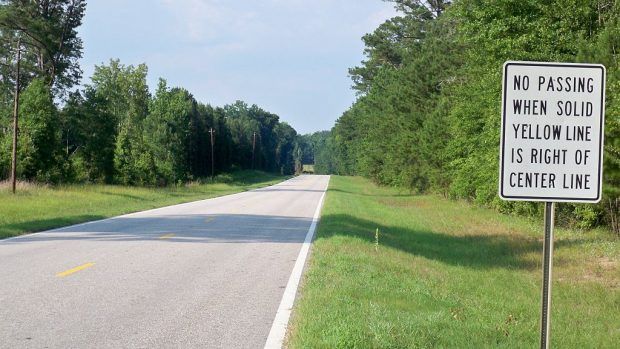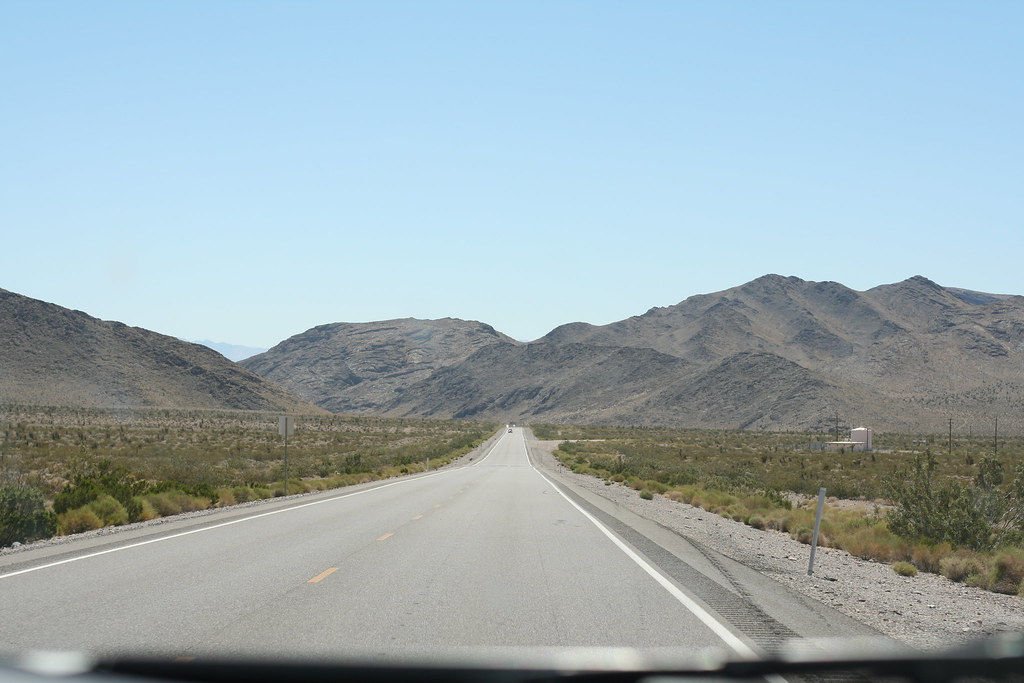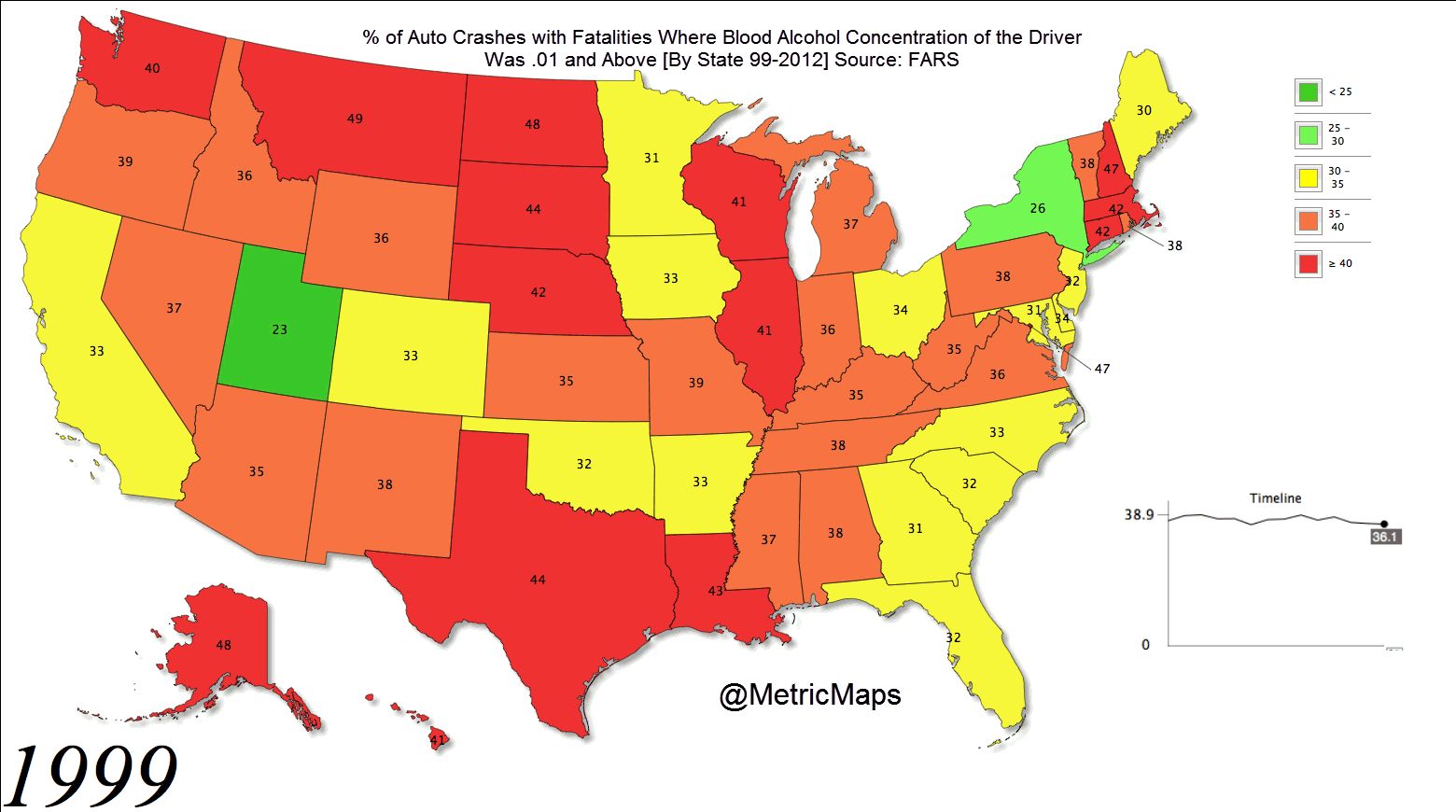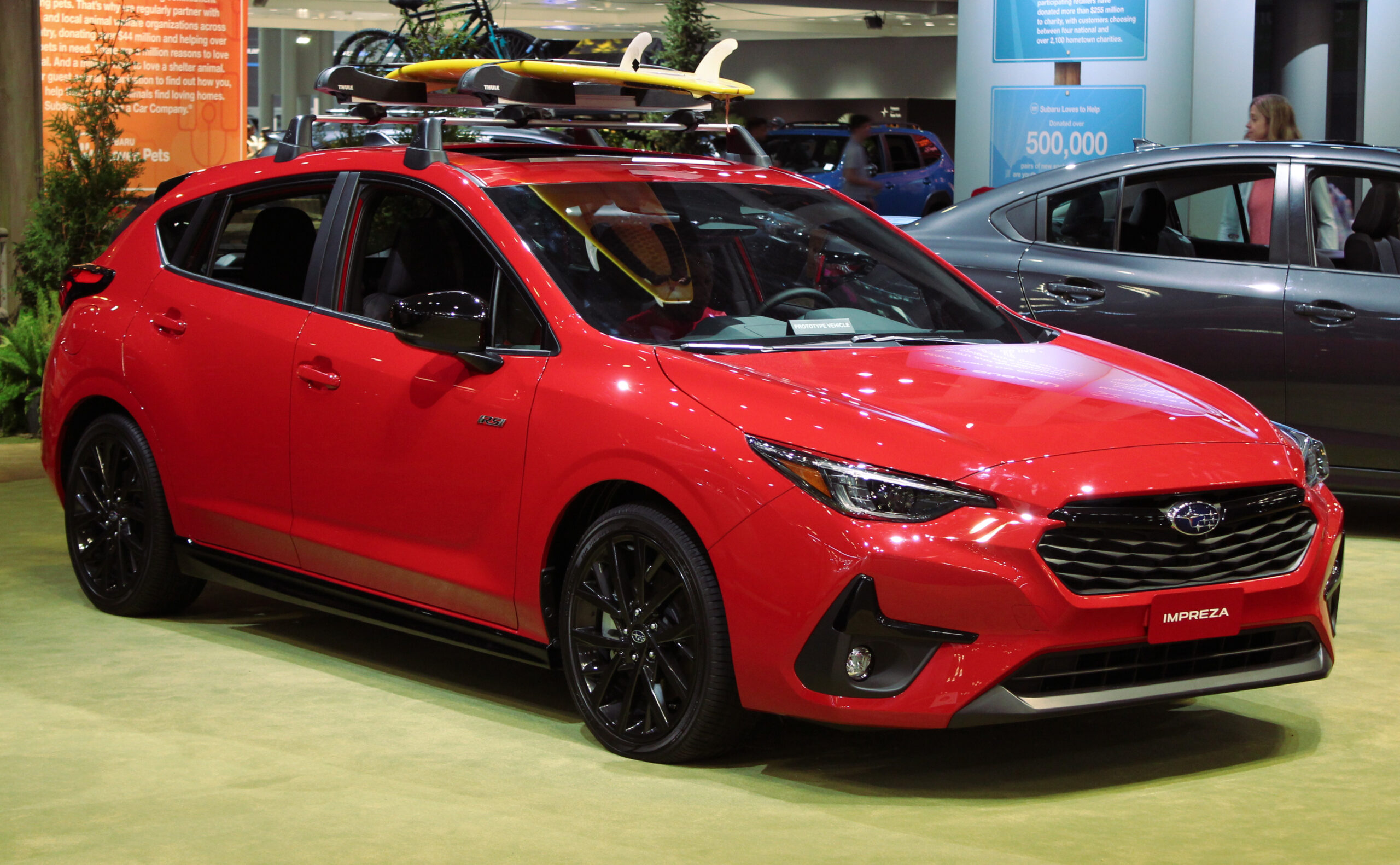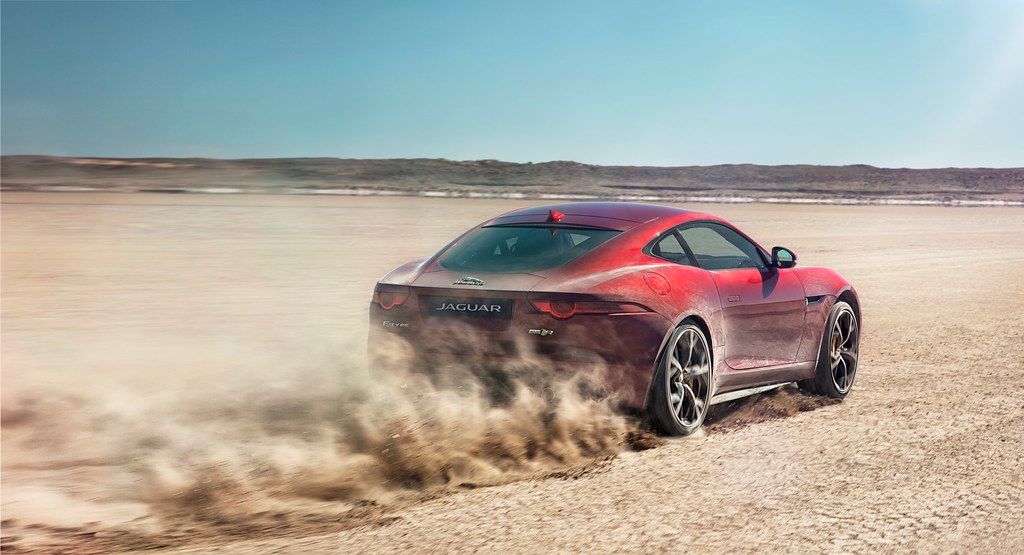
Road trips are more than just a means of getting from point A to point B; they are a staple of American automotive life, a movie trope, and a cliché piece of existence that, at its heart, emphasizes the joy of the journey over just arriving at your chosen destination. With vast interstate highways making sea to shining sea accessible by car, it truly doesn’t matter where you begin your adventure. As the world collectively emerges, there’s a palpable itch to get out and explore, and a cross-country drive promises an epic adventure for travel buffs itching to hit the open road.
However, embarking on such an adventure without properly preparing your vehicle is, without a doubt, the worst mistake you can make. It’s a sobering fact that nearly half of drivers put off basic car maintenance, often due to laziness or a mistaken belief that it’s not important enough. This oversight can quickly lead to being stranded in the middle of nowhere, turning an eagerly anticipated journey into a frustrating ordeal. But don’t you worry, roadies; we’ve got your back! This ultimate car prep checklist is designed to empower you with the knowledge and actionable steps needed for a smooth, trouble-free trip of a lifetime. So, buckle up, and let’s make sure your ride is certified ‘Up For The Job™’ before you head out!
Proactive preparation is key to a successful road trip, ensuring safety and an overall enjoyable adventure filled with singing tunes, camping, and indulging in an unhealthy amount of gas station snacks. While the allure of spontaneity is strong, a little foresight in vehicle maintenance and equipping your car with essentials can prevent many common headaches. From a quick check under the hood to gathering crucial tools, dedicating two to four hours for these preparations will make all the difference, transforming potential mishaps into mere blips on your memorable journey.

1. **Get a Comprehensive Tune-Up and Vehicle Service**It might be incredibly tempting to hit the road quickly, especially if you and your friends or family have discovered an irresistible destination just a few hours away. But when you’re planning on attacking thousands and thousands of miles across the country, breaking down is one of the fastest ways a road trip can go from exhilarating to absolutely miserable. Even new cars can develop faults, so you simply can’t be too prepared for the unknown.
Servicing your vehicle beforehand is well worth your time and money. A professional check-up and maintenance job for your car is an absolute must before embarking on a cross-country drive. Take it to a trusted mechanic and ensure they meticulously check everything from your battery to oil, air filter, brakes, and spark plugs. A dead battery or a blown-out spark plug can ruin your trip before it even properly begins.
Regular tune-ups are not just about keeping your vehicle safe; they also significantly prolong its lifespan. While it’s easy to always find an excuse to delay such a job, especially given the excitement of an upcoming trip, setting things right before you go is crucial. Having the basics checked, including brakes, fluids, and tires, as well as other important factors such as your car headlights, power steering, and AC system, provides invaluable peace of mind and ensures passenger safety.
Ideally, have your vehicle serviced a week or two in advance. This foresight allows ample time for any surprise repairs or replacements that might arise during the inspection, preventing last-minute rushes or delays to your departure. It’s better to get this handled before you leave rather than after, minimizing risks and maximizing your enjoyment on the open road.
Read more about: Unlock Significant Savings: 15 Simple DIY Car Fixes That Shield You from Costly Repair Bills
2. **Thoroughly Check and Maintain Your Tires**Your tires are the only contact points between your vehicle and the road, making their condition paramount for safety and efficiency, especially when you’re covering 5,000 miles. Driving on properly maintained tires is not just a recommendation; it’s a fundamental requirement for a safe and smooth journey. Neglecting them can lead to significant problems, from decreased fuel efficiency to dangerous blowouts.
Before you even think about leaving, you must check the air pressure in all your tires. They should be inflated precisely to the manufacturer’s recommended level—nothing less. Driving on underinflated tires is a blunder that can cause uneven wear and tear, dramatically shortening their lifespan, and, more critically, it significantly increases the risk of a dangerous blowout at highway speeds. This simple check can prevent a major headache on your trip.
Beyond just pressure, it’s essential to check the tread depth of your tires. A tire tread gauge is ideal for this, but if you don’t have one, a quarter can serve as a quick gauge: insert it upside down into a tread groove; if you can see the top of Washington’s head, your treads are likely too low and it’s time for new tires. Low tread depth reduces traction, particularly in wet conditions, making your vehicle less safe.
If the tread depth is too low, or if you notice any significant uneven wear, cracks, or bulges, it’s crucial to switch up your tires before departure. Fresh, healthy tires provide better grip, improved braking performance, and greater stability, all of which are absolutely essential for thousands of miles of varied road conditions. Don’t compromise on this vital safety component; the fresher and healthier your tires are, the better.
Read more about: Emergency Ready: Your Step-by-Step Guide to Safely Changing a Tire on a Busy Highway
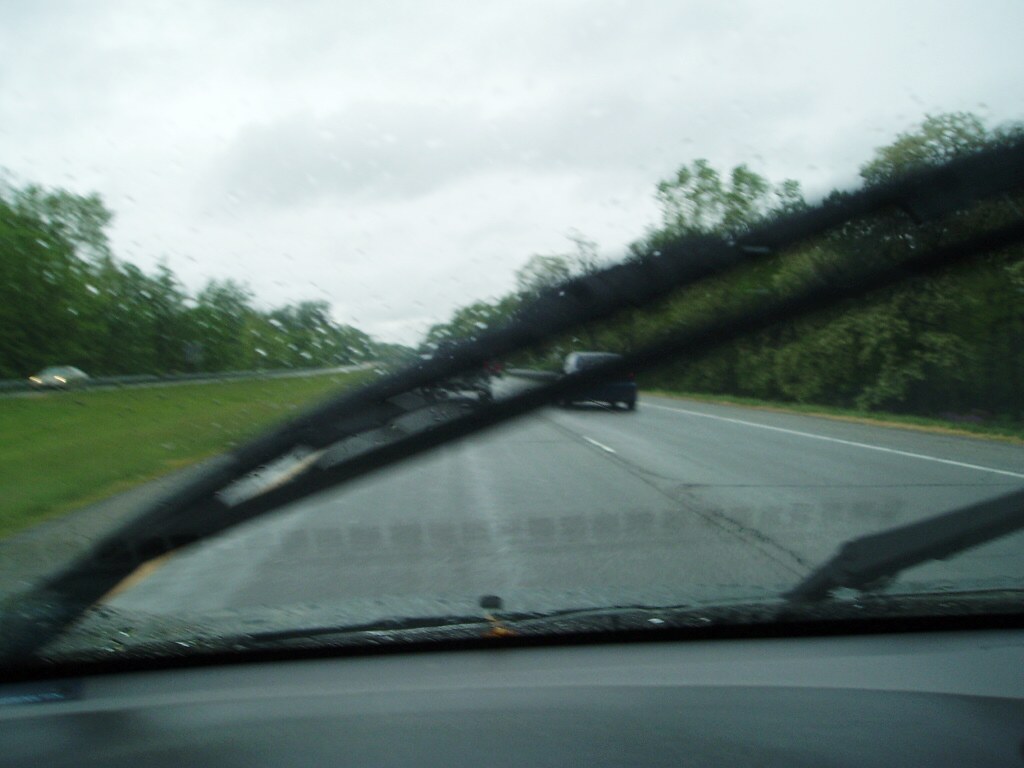
3. **Address Windshield Chips and Cracks**In the excitement of planning a long road trip, it’s incredibly easy to overlook something as seemingly minor as a small chip or crack on your windshield. You might think, “It’s just a tiny ding, it can wait.” However, this seemingly insignificant detail can quickly escalate into a daunting concern on the open road, potentially hindering your visibility and significantly increasing the risk of a serious mishap.
A small chip or crack, especially when subjected to the vibrations, temperature changes, and impacts of a long cross-country drive, can spiderweb across your entire windshield. This not only impairs your vision and causes distractions but can also compromise the structural integrity of your vehicle’s roof in the event of a rollover. What started as a minor, inexpensive repair could quickly lead to a major, costly windshield replacement.
This is why you absolutely must not skimp on auto glass repair. Get it done by an expert before you even consider leaving. Chip repair is typically quick, often taking less than an hour, and is generally inexpensive, especially when compared to the cost and inconvenience of replacing an entire windshield mid-trip. There is truly no valid reason to procrastinate on this crucial step.
Addressing windshield damage proactively ensures clear, unobstructed visibility, which is paramount for safe driving over thousands of miles. It removes a potential source of stress and distraction, allowing you to focus fully on the road and enjoy the scenery. So, before you hit the highway, make sure your view is crystal clear and your windshield is as robust as possible.
Read more about: Don’t Get Stuck: The 14 Most Common Reasons Your Car Fails State Inspection (and How to Ace It)
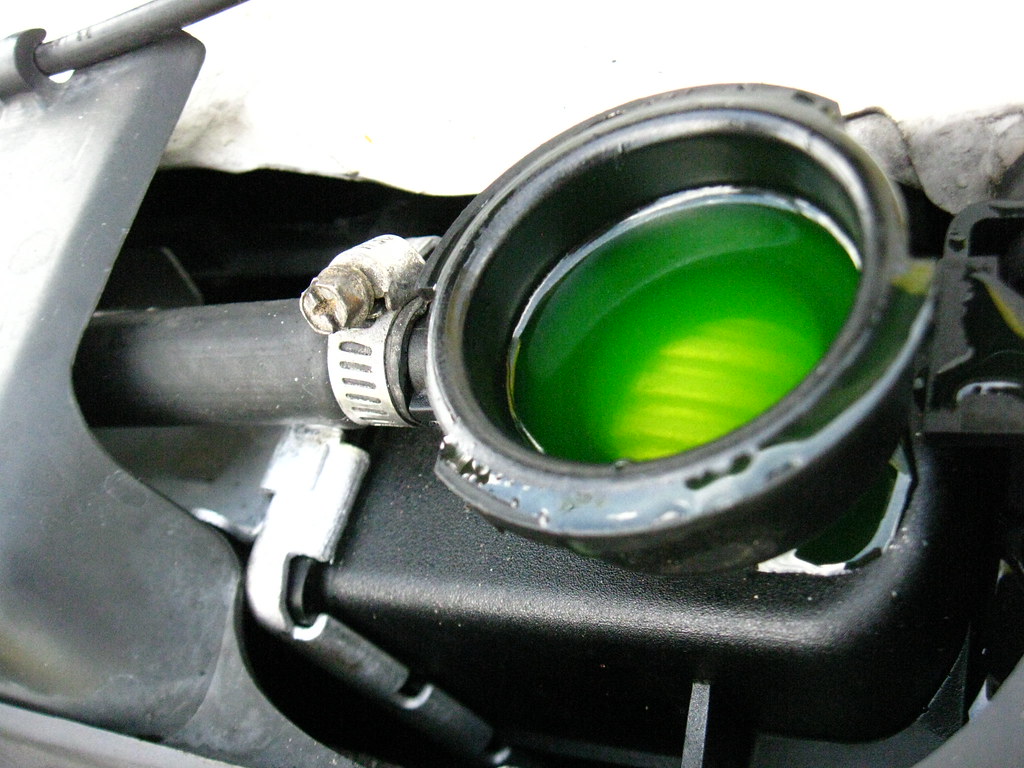
4. **Top Off All Essential Vehicle Fluids**Just as your body needs hydration to perform optimally, your car needs a variety of fluids to run smoothly and safely, especially when it’s about to embark on a 5,000-mile cross-country adventure. These aren’t just minor details; they are the lifeblood of your vehicle’s systems, from keeping the engine cool to ensuring your brakes respond instantly. Neglecting them is akin to inviting trouble on the open road.
Before you plan any long-distance road trip, it is absolutely essential to check all of your car fluids and top them off if they’re below their optimal levels. This includes vital liquids like engine oil, coolant, transmission fluid, brake fluid, and clutch fluid. Each plays a critical role in different aspects of your vehicle’s performance and safety, and being low on any of them can lead to serious mechanical issues.
Ensuring all fluids are at their proper levels will help your vehicle run more efficiently, reducing strain on components and preventing premature wear. More importantly, it minimizes the risk of critical failures, such as overheating, which can leave you stranded in remote areas far from assistance. Checking these fluids is a simple, beginner-level skill that can save you significant time, money, and stress.
It’s not just about topping them off; it’s also about ensuring their quality. If your oil is dark and sludgy, or your coolant looks discolored, it might be time for a fluid change. It’s far better to get this handled before you leave than to discover an issue 400 miles into your trip. Think of it as common sense for road trippers; a well-hydrated car is a happy, reliable car.
Read more about: Buyer’s Remorse on Full Display: 15 Vehicles Motorists Swear They’d ‘Unchoose’ if They Could, According to Driver Confessions
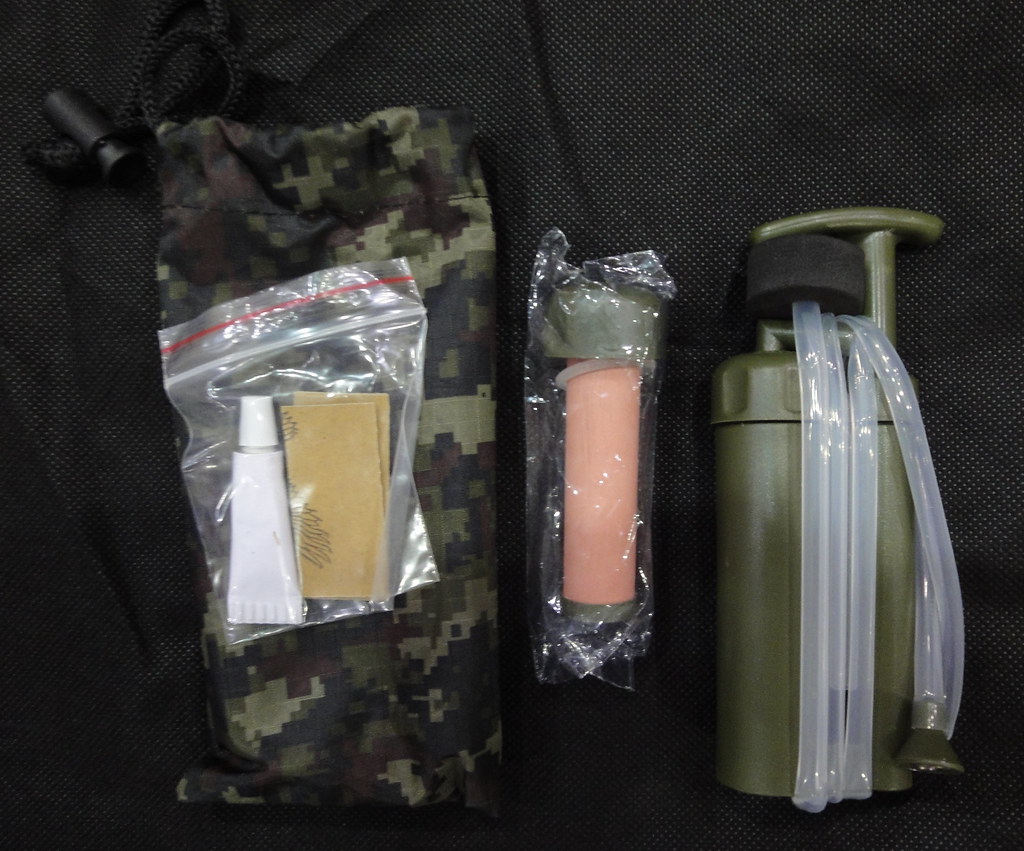
5. **Pack an Emergency Kit for the Unexpected**Cross-country drives are undeniably fun and filled with the promise of adventure, yet the reality is you never truly know what may go wrong. Your vehicle may break down without warning, a mishap could occur due to a negligent driver, or you might find yourself in an unexpected situation far from help. Being prepared for these eventualities isn’t just a good idea; it’s your absolute best bet for safety and peace of mind.
An emergency kit is a non-negotiable item for any long-distance road trip. This kit should be comprehensive, including first aid essentials like gauze pads, bandages, antiseptic wipes, and pain relievers to treat minor injuries. Beyond medical supplies, pack practical items such as flashlights (with extra batteries), non-perishable snacks and water to prevent dehydration, and extra blankets or warm clothing for unexpected cold snaps.
Crucially, your emergency kit must also include tools for roadside repairs. Always keep a spare tire and a jack ready in case you get a flat. A socket set, a cordless impact wrench for wheel changes, Fix-a-flat, and a jump pack are invaluable additions. While jumper cables are good, a jump pack ensures you won’t always need someone else around to help you out of a tight spot, embodying the ‘preparation is key’ mantra of road tripping.
Additionally, consider items like an emergency escape tool with a window breaker and seatbelt cutter, a portable air compressor with a tire inflator, and even pepper spray and a whistle, especially if you’re traveling alone. These tools offer crucial precautionary measures and could be life-saving in an emergency. Brush up on basic maintenance skills too; knowing how to use these items can make all the difference in a pinch.
Read more about: Emergency Ready: Your Step-by-Step Guide to Safely Changing a Tire on a Busy Highway
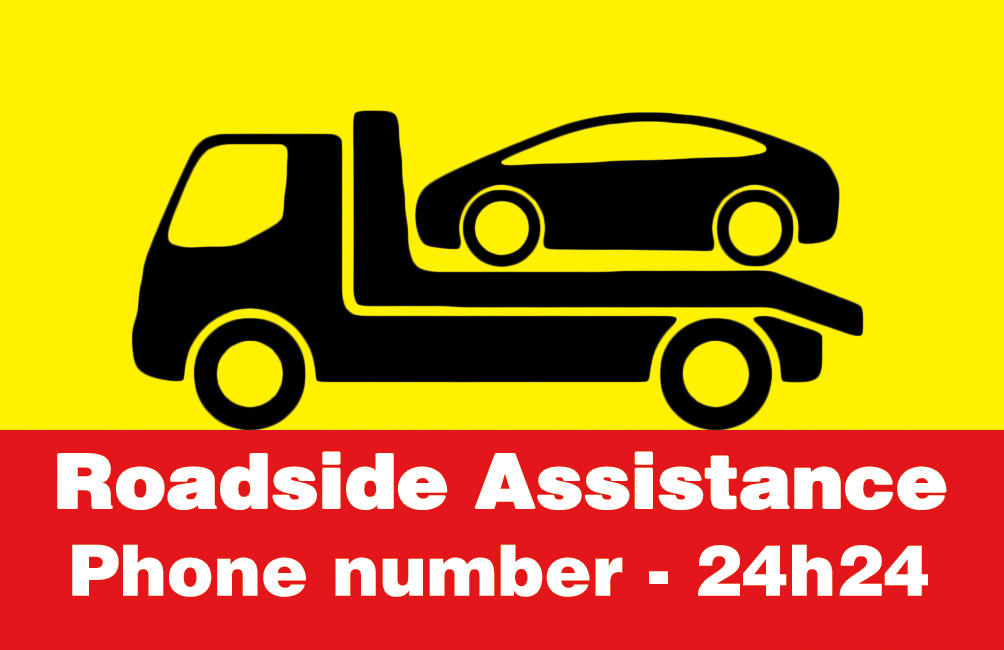
6. **Join or Double-Check a Roadside Rescue Plan**After ensuring your vehicle is mechanically sound and you’ve packed an emergency kit, the next layer of crucial preparedness for a cross-country road trip is securing or verifying your roadside rescue plan. This isn’t just about convenience; it’s about establishing a robust safety net that can swiftly get you out of a tight spot, offering unparalleled peace of mind on unfamiliar roads.
Many drivers question whether roadside assistance is truly needed, but it simply ensures you’re in good hands in case of a breakdown or car accident, without the added stress of unexpected expenses. Nothing can be much worse than breaking down in an unfamiliar location in the middle of nowhere and not knowing who to contact or where to go for assistance. A reliable plan provides instant access to help, making it incredibly convenient and reassuring.
If you already have a roadside rescue plan, it’s well worth double-checking what your specific plan entails before your road trip. Familiarize yourself with all the roadside assistance options available to you. This can include car towing, unlocking your car if you’re locked out, jump starts for a dead battery, fuel delivery if you run dry, and tire changes for flats. For many who haven’t had to use these services, it’s easy to forget the specifics or even the process for requesting help.
Brush up on your options and what to do should you need assistance on the road. Save any important contact numbers in your phone, and make sure you have all necessary documentation stored in your vehicle. Some providers even offer mobile apps, which are worth downloading for added convenience. Having this plan squared away is by far the quickest way to get back on the road as soon as possible, ensuring minimal delays and maximum enjoyment on your epic adventure.

7. **Plan Your Route By Destination**Once your vehicle is primed for the long haul, the next critical step for a stress-free cross-country adventure is meticulous route planning. It’s more than just knowing your final destination; it’s about mapping out the entire journey to optimize your time, reduce the chances of getting lost, and strategically pinpoint potential stops along the way. Planning ahead transforms the open road from an unpredictable challenge into a well-managed exploration, paving the way for a truly enjoyable experience.
Long road trips, while exciting, can sometimes lead to monotony, even if you’re sharing the driving duties. A well-planned route mitigates this by allowing you to break up the journey with interesting detours or scheduled stops, preventing fatigue and keeping spirits high. Furthermore, understanding your route in advance significantly reduces the risk of car accidents, as unfamiliarity with tricky intersections or sudden road changes can unsettle even the most seasoned drivers.
Beyond just the major highways, it’s crucial to delve into the specifics of what your chosen route entails. Are there any narrow roads, unexpected closures, or international borders to cross? Knowing these details beforehand can save you from significant delays and unnecessary stress. It’s also wise to research local driving regulations or specific state laws that might differ from what you’re used to, ensuring you stay compliant and avoid any unwelcome surprises.
Leveraging modern navigation tools like Google Maps or other dedicated apps can be incredibly helpful for finding the most efficient path to your destination and discovering points of interest along the way. However, don’t just rely on a single primary route. Always consider potential backup routes in case of diversions, heavy traffic, or unexpected road construction. A little extra study of your maps, digital or physical, can make all the difference when spontaneity meets reality on the highway.
Read more about: Are You Driving a ‘Show-Off’ Vehicle? The Top 10 Car Brands Prone to Speeding Tickets
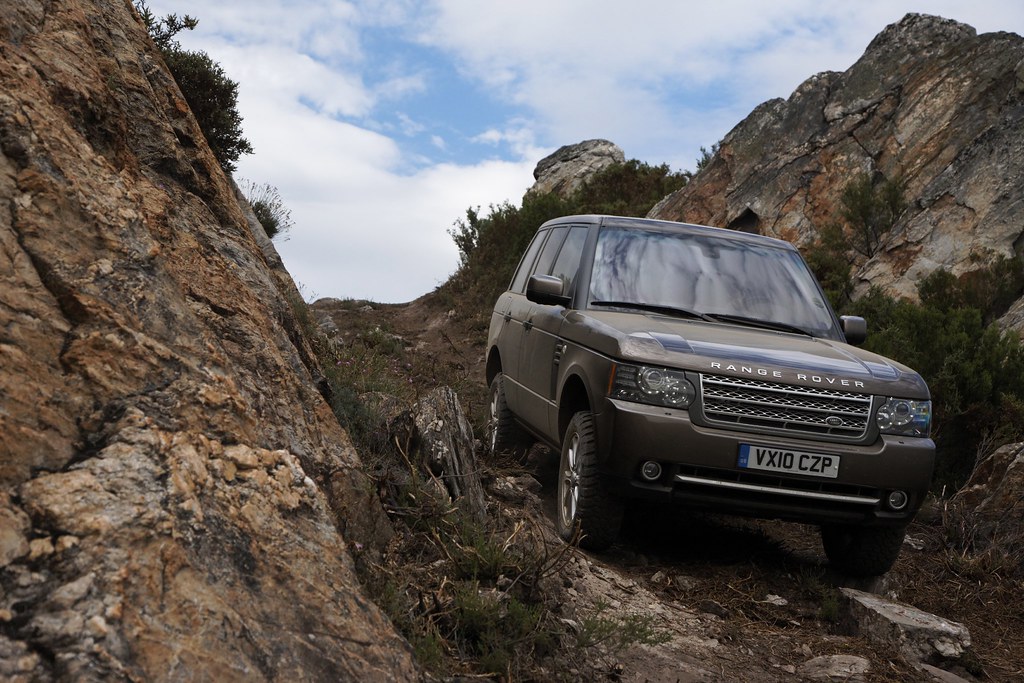
8. **Create A Realistic Budget**Just like any major undertaking, a cross-country road trip demands a well-thought-out financial plan. This isn’t about setting a general spending limit, but rather crafting a truly realistic budget that accounts for every foreseeable and even some unforeseeable expenses. Overlooking this crucial step can quickly turn an exciting journey into a financially strained ordeal, so let’s ensure your wallet is as ready as your wheels.
Your budget needs to include a contingency for emergency expenses, because on a multi-thousand-mile trip, the unexpected is often part of the adventure. This could mean unforeseen car repairs, needing extra gas in a remote area, last-minute accommodation if your plans go awry, or even unexpected medication purchases. Having a buffer for these possibilities means you won’t be caught off guard and can handle any bumps in the road with confidence.
Beyond emergencies, factor in all the essentials you might need or want to buy during your trip. This includes a healthy stock of drinks and snacks, perhaps some spare clothes if the weather changes, any camping supplies or outdoor gear for impromptu excursions, portable phone chargers, and even basic toiletries. Creating a comprehensive list of these items will help you allocate funds realistically, preventing the need to dip into your emergency savings for everyday necessities.
Of course, don’t forget the primary costs that form the backbone of your road trip budget: estimated gas costs based on your vehicle’s efficiency and route distance, accommodation expenses if you’re not solely camping, stops at restaurants and cafes, and entrance fees for any attractions you plan to visit. Write down a clear list, assign a maximum budget for each category, and then allocate a realistic fallback amount for unforeseen costs. And for those who love collecting travel souvenirs, remember to carve out a little extra for those precious mementos.
Read more about: Unpacking the AI Revolution: 15 Must-Know Facts About ChatGPT’s Evolution and Impact
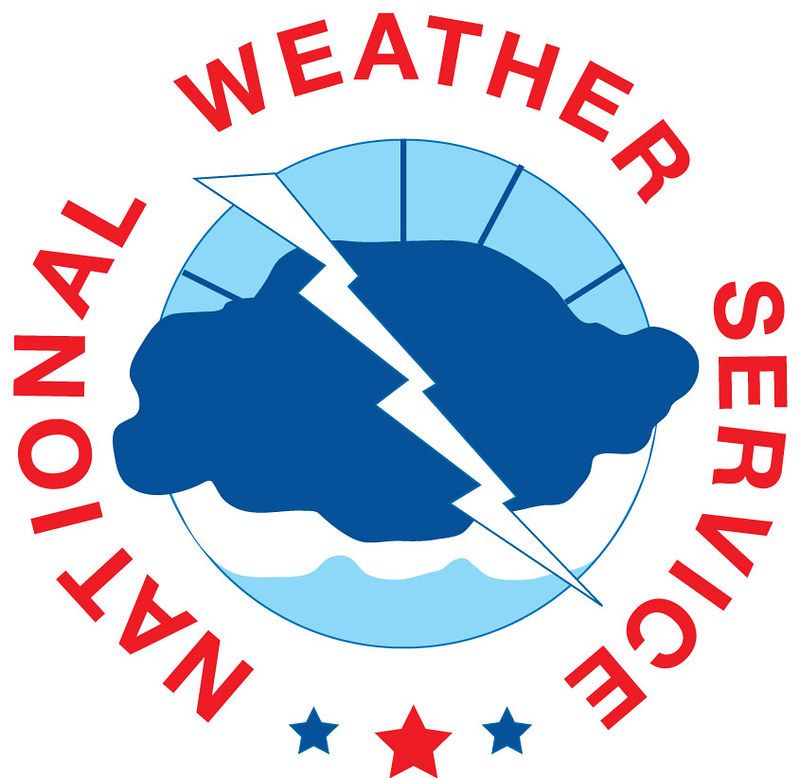
9. **Prepare For Weather Changes**The open road offers incredible freedom, but it also means encountering a wide spectrum of weather conditions, especially on a cross-country journey spanning thousands of miles. Expecting perfect weather for the entire duration is an optimistic but often unrealistic outlook. Whether you’re meticulously ticking off a list of national parks or embracing spontaneous detours, preparing for diverse weather changes is an absolute must to ensure comfort and safety.
Imagine being caught in a sudden downpour while exploring a trail, or slowly cooking in your car during an unexpected heatwave without sufficient water. These scenarios highlight why accounting for cold snaps, scorching sun, and heavy rain is crucial. A simple shift in altitude or geographical region can bring dramatic changes, so your packing strategy needs to be as adaptable as your itinerary.
While the goal is to travel light, prioritize bare essentials that can combat different weather scenarios. A lightweight, packable raincoat and a small umbrella are invaluable for unexpected showers. A cozy blanket can provide warmth for chilly evenings or unexpected cold fronts. For sunny days, sunglasses, sunscreen, and a wide-brimmed sun hat are non-negotiable for protection. Additionally, a hand fan and a waterproof case for your phone or other electronics can be lifesavers.
The beauty of many of these items is their minimal bulk; they can be easily tucked into a backpack or car compartment without consuming much space. Even if you don’t end up using every single item, the peace of mind that comes with being prepared for any meteorological twist is priceless. Don’t let a sudden change in weather dampen your adventure; instead, empower yourself to embrace whatever the skies bring.
Read more about: Emergency Ready: Your Step-by-Step Guide to Safely Changing a Tire on a Busy Highway
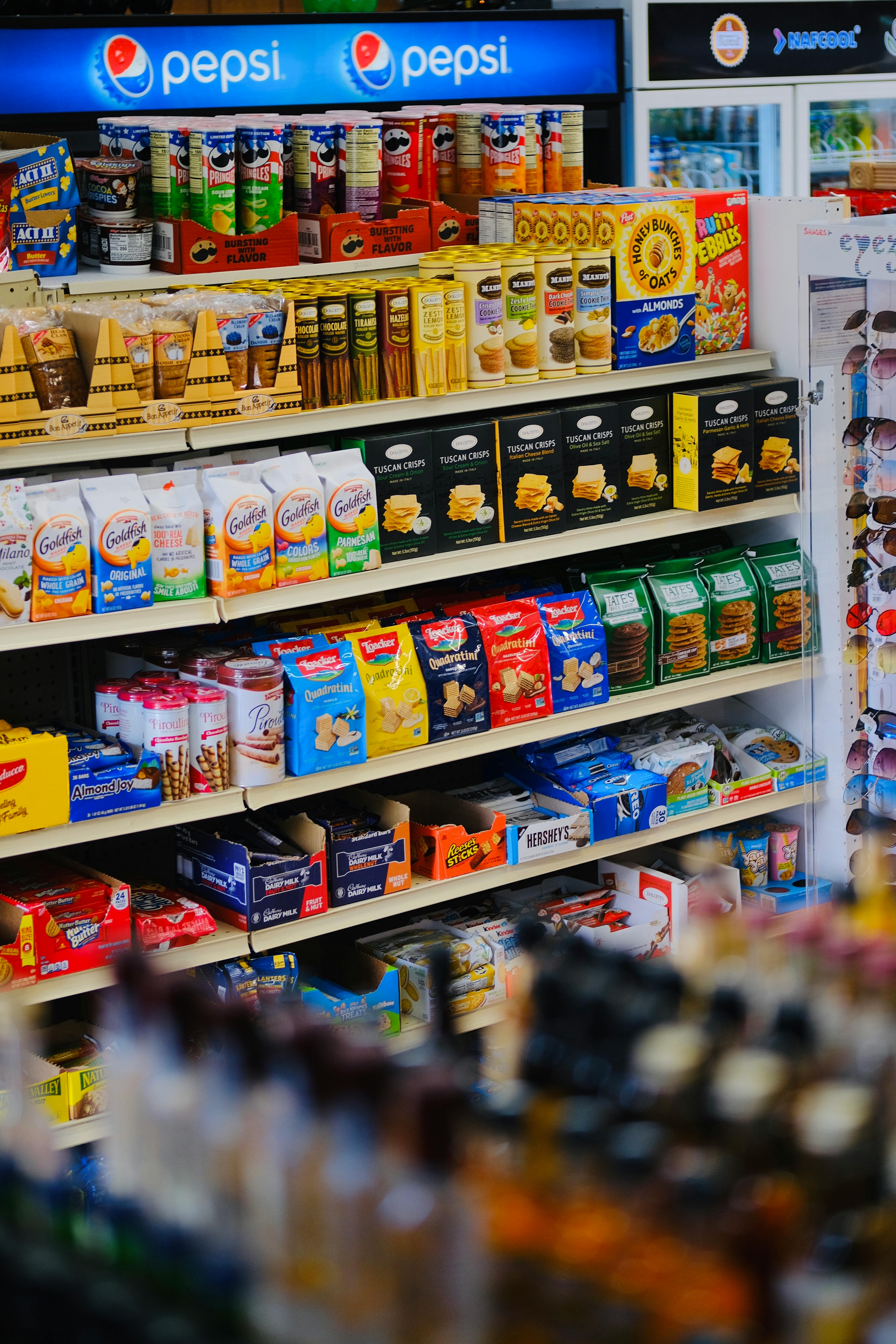
10. **Stock Up On Drinks And Snacks**It sounds incredibly straightforward, but truly stocking up on drinks and snacks is a golden rule for any successful cross-country road trip. Don’t just grab a few; anticipate your needs generously. The wonderful thing about non-perishable provisions is that they’ll never go to waste, and as you consume them, you’ll naturally free up valuable space in your bags and vehicle, making your packing more dynamic.
However, it’s not just about quantity; selecting the right kinds of drinks and snacks is equally important. Prioritize items that are non-perishable, offering sustained energy, and are convenient to pack and eat on the go. Think granola bars, nuts, dried fruit, crackers, and plenty of water bottles. You never know when hunger pangs will strike between towns or when you’ll need an extra boost of energy to power through a long stretch of highway.
This foresight becomes especially critical if your road trip plans involve camping, hiking, or exploring remote areas where convenience stores are few and far between. Running out of provisions when you’re deep in the wilderness or hundreds of miles from the nearest town can quickly turn a fun outing into a frustrating predicament. In this aspect of preparation, it’s truly difficult to go overboard; the more prepared you are, the less you’ll have to worry.
Even if you’re aiming for a super-light packing strategy, make sure to always have a few emergency drinks and snacks stashed away in your vehicle. And as you progress on your journey, actively look for opportunities to top up your supplies at supermarkets or convenience stores along your route. Staying well-fed and hydrated is not just about comfort; it’s a fundamental aspect of maintaining focus and energy for safe driving, ensuring every mile is enjoyed to the fullest.
Read more about: Unlock Your Peak Performance: 13 Common Diet Mistakes Professional Athletes Confidently Conquer
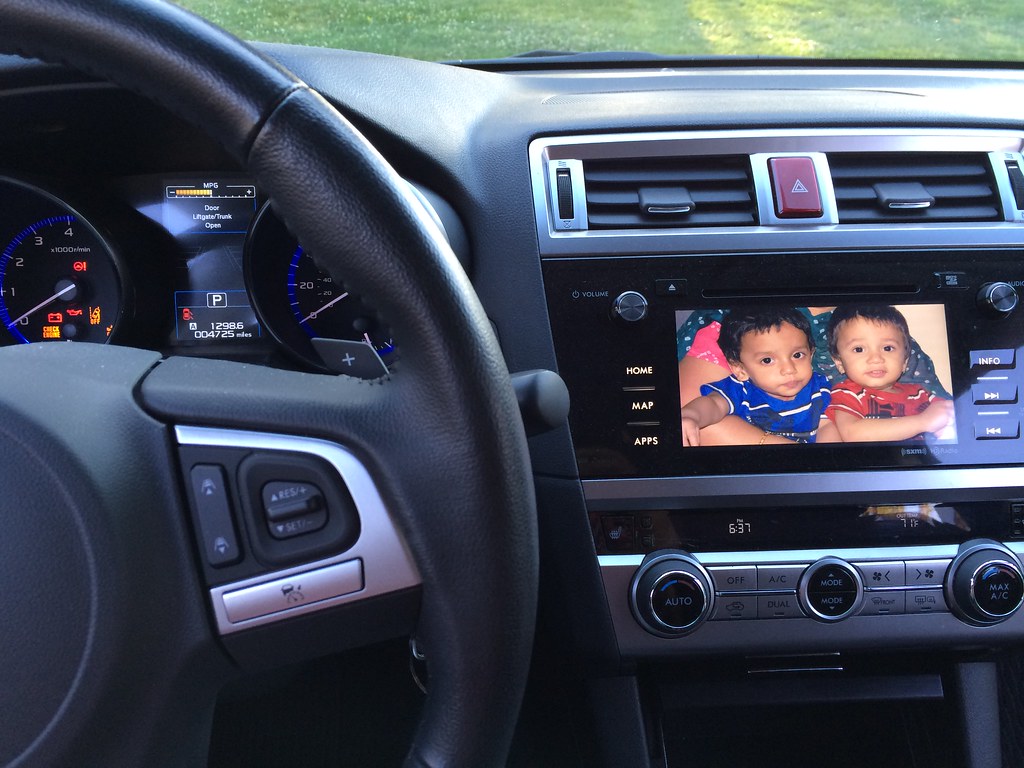
11. **Download Entertainment Like Audiobooks, Podcasts, And Music**When planning for a road trip, securing your entertainment is just as important as securing your vehicle, and here’s a crucial tip: emphasize *downloading* your content. Digital entertainment like audiobooks, podcasts, and curated music playlists offer a wealth of advantages. They don’t take up any physical space, can instantly elevate the mood of everyone in the car, and most importantly, they are incredibly effective at staving off the inevitable boredom that can creep in during long stretches of driving.
While a collection of physical CDs might hold nostalgic value, relying solely on them limits variety and might not cater to the diverse tastes of all your passengers. Preparing a few mixed playlists from a streaming service or downloading a range of podcasts and audiobooks allows everyone to find something they enjoy, preventing arguments over the radio and ensuring a harmonious atmosphere. This simple shift can transform long hours into engaging experiences, making the journey feel shorter and more enjoyable.
The real power of downloading your entertainment, however, comes when you inevitably lose internet connection. And on a cross-country road trip, especially if you plan on camping, exploring national parks, or venturing off the beaten path, spotty or non-existent cell service is a common reality. Having your favorite albums, gripping audio dramas, or educational podcasts pre-loaded ensures a continuous flow of content, no matter how remote your location.
Ultimately, preparing your road trip entertainment by downloading it in advance is a fantastic way to combat the monotony of extended drives and maintain a positive, energized mood among all travelers. It’s a proactive step that leverages technology to enhance your experience, ensuring that every mile, whether through bustling cities or serene landscapes, is accompanied by a soundtrack or story that keeps everyone engaged and happy.
Read more about: Master Your Commute: 12 Life-Changing Strategies to Slash Stress and Boost Your Well-being Every Day
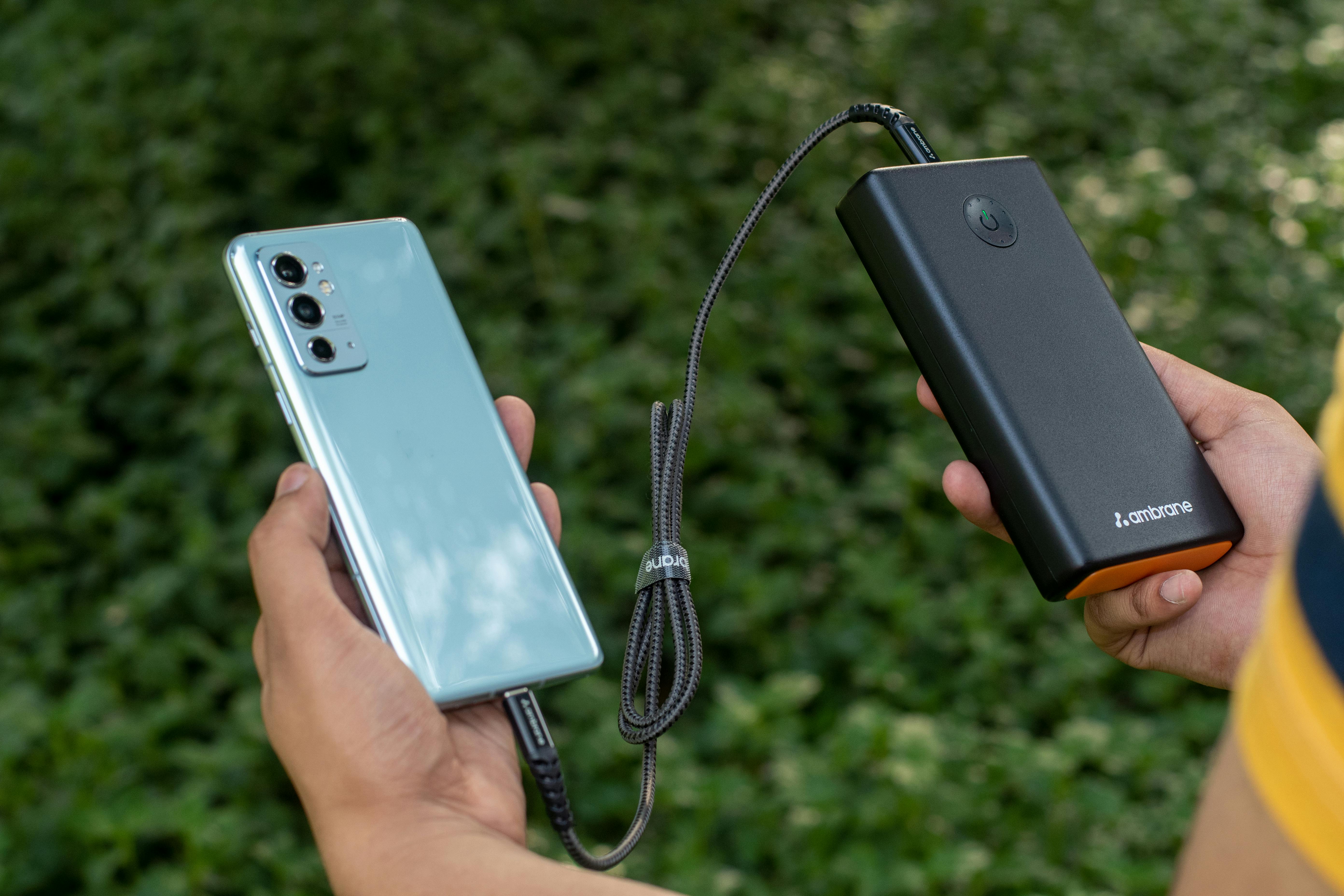
12. **Keep Charged With Portable Chargers**In our hyper-connected world, running out of battery on your devices can feel like a mini-catastrophe, and on a cross-country road trip, the stakes are even higher. Your smartphone isn’t just for scrolling social media; it’s a vital tool for GPS navigation, communicating with friends and family, and, crucially, for emergency use. Ensuring all your essential devices stay charged is paramount for safety, convenience, and peace of mind on the open road.
This means more than just remembering your primary chargers. It involves a strategic approach to power management. Always pack spare portable chargers, also known as power banks, in case one gets misplaced, breaks, or simply runs out of juice. If you plan to charge devices directly from your car’s power outlets, double-check that you have all the necessary adaptors for each charger. A multi-port USB car charger can be a game-changer for keeping multiple devices topped up simultaneously.
Portable power banks are an absolute must-have. They offer the flexibility to charge your devices on the go, independent of your vehicle or proximity to an electrical outlet. This is especially invaluable during rest stops, hikes, or when camping, allowing you to stay powered up even when off the grid. The key here, of course, is to remember to fully charge these power banks before you even set off, and to top them up whenever you have access to power.
For the ultimate in preparedness, consider taking a fully charged spare phone with you. Store it away in your vehicle or emergency bag as an extra backup for critical situations. Ensure it’s capable of making calls and texts, and pre-save all necessary emergency contacts and important numbers. A well-charged arsenal of devices means you’re always connected, always able to navigate, and always ready to tackle whatever your epic road trip throws your way.
Read more about: Unlock Ultimate Productivity: Transforming Your Vehicle into a High-Functioning Mobile Office
With your vehicle meticulously prepared and your journey strategically planned, you’re not just ready for a road trip—you’re set for an epic adventure where every mile is an opportunity for discovery, not disaster. These actionable steps empower you to navigate unforeseen challenges with confidence, ensuring your cross-country drive is filled with joy, exploration, and unforgettable memories. So, with your car certified ‘Up For The Job™’ and your mind at ease, it’s time to hit the open road and let the good times roll!

